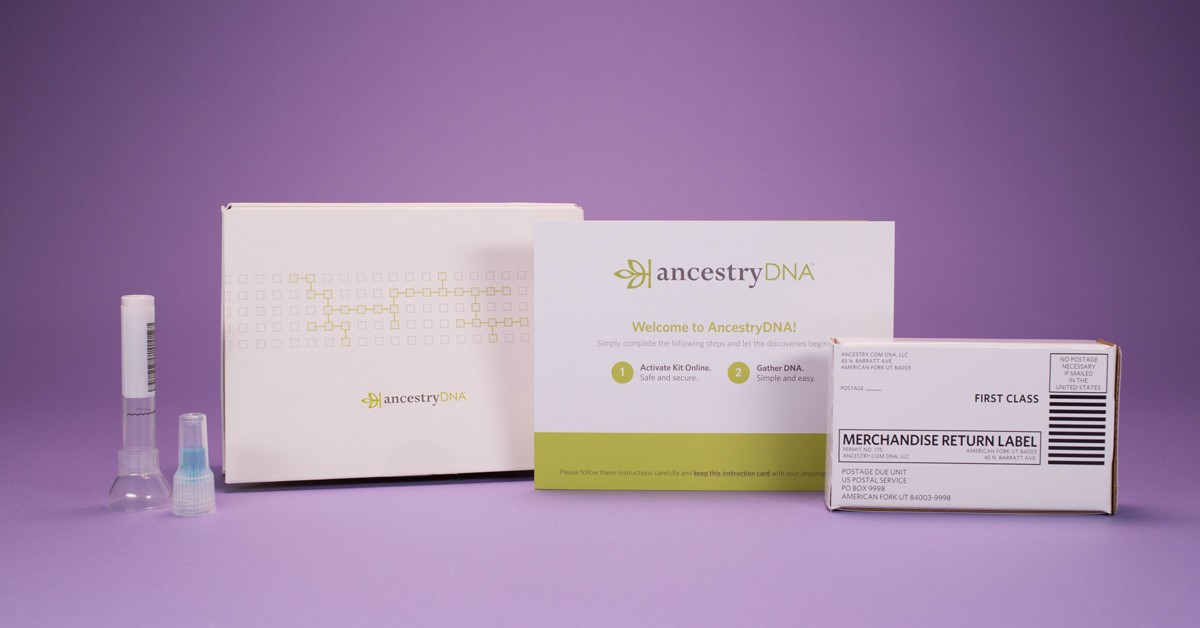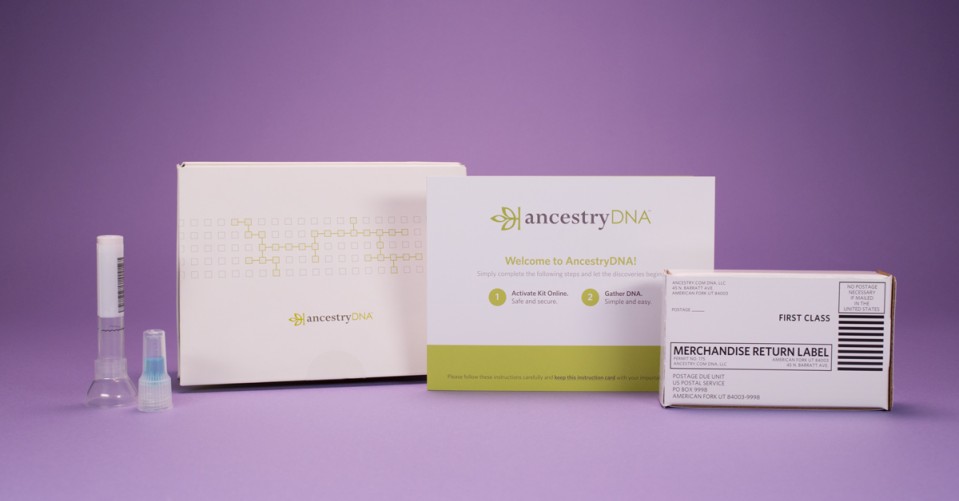

Biotechnology / DNA Testing
2017 was the year consumer DNA testing blew up
More people took genetic ancestry tests last year than in all previous years combined.

The number of people who have had their DNA analyzed with direct-to-consumer genetic genealogy tests more than doubled during 2017 and now exceeds 12 million, according to industry estimates.
Most of those tested are in the US, suggesting that around 1 in 25 American adults now have access to personal genetic data—a figure that could spur a range of new genetic analysis services.
The boom comes amid a price war in which companies offered under-$60 tests and 2-for-1 deals during an end-of-year blitz of advertising and discounts.
“The inflection point started in the summer of 2016, and from there it’s gone into the stratosphere,” says David Mittelman, a consumer genetics entrepreneur and cofounder of DNAGeeks.
Last week, the genealogy company Ancestry.com, based in Utah, announced that it has tested more than seven million people, including two million during the last four months of 2017. The company’s customer rolls exceed those of all competitors combined. The second-largest player, 23andMe, has tested more than three million, followed by MyHeritage and FamilyTreeDNA.
DNA has become a commodity sought by scientists and biotech companies, each hoping to collect enough to wring out new knowledge in new ways. Last week, a well-known Harvard University lab launched a scheme to link consumers’ genomes to a new cryptocurrency.
Genealogy services use DNA to tell people what continents their ancestors are from and to locate family members, including distant cousins.
The type of readout used, called a genotype, consists of around a million measurements of a person’s genome, performed using an inexpensive DNA chip. Both Ancestry and 23andMe allow customers to download the data files.
The sheer number of people who have the data could spur growth in websites that offer to reanalyze it. Companies including Habit and Promethease take the files and provide a breakdown of people’s diet or health risks, frequently with little oversight from regulators.
“There are a lot of companies saying ‘Send me your data and I’ll give you some other information,’” says Mittelman.
Consumer gene-testing companies have struggled for years to convince buyers that DNA tests have much value. Genealogy testing is, so far, the one killer app that has emerged to capture wide interest.
The evidence, however, suggests that the boom in testing may be a direct result of how much companies spend on advertising. Ancestry.com spent $109 million on TV and other ads in the US during 2016, according to Kantar Media. It was on track to spend even more in 2017.
The next-largest amount of ad spending, $21 million, was from 23andMe.